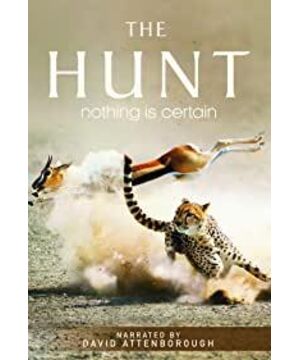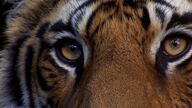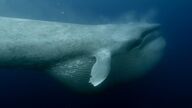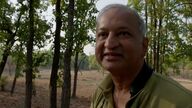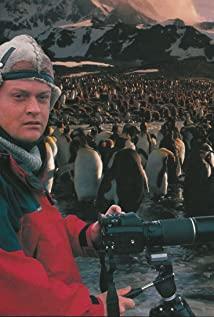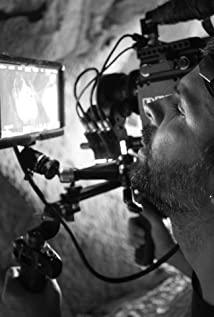Do you still remember the excitement when the flying fish took off in the Life series? Do you still remember the ants feeding on the desert at noon in the Africa series? Just when everyone thought these represented the pinnacle of nature photography, The Hunt has fully upgraded these wonderful pictures that everyone loves to see! Flying fish not only take off, but also dodge and maneuver in the air and underwater to escape the sea and air encirclement of dolphins and beautiful frigatebirds; desert ants not only still scavenge insects cooked by the scorching sun of the desert at noon, but also lurk with them. Lacewing larvae under the sand compete with crickets. Therefore, it is not an exaggeration to say that this is a masterpiece.
The biggest highlights of The Hunt I think are three. First of all, this work combines near and far photography techniques, often using a combination of aerial photography and close-up. This not only allows us to understand the tactical confrontation between predators and prey from a bird's-eye perspective, from the pre-hunting search and lurking to the separation and outflanking during the hunting process, the competition is exciting and exciting; at the same time, this game is very exciting. They can also see the strength and beauty of their life fighting at close range. Every muscle and bone stretch can be seen in full view, which makes people hold their breath and make people move. In order to obtain these precious shots, whether it is the collaboration of the aerial photography team and the ground and underwater photography team, or the new technologies such as vehicle photography and vehicle photography, people are amazed and admired. As for the shot of the American mink preying on the white-footed mouse under the snow cave, it can only be described as incredible. How the hell did it come out? Do you really just lie in the snow and wait for the mink to catch the mouse in front of your eyes? !
On the other hand, in terms of content, although the selected content of this work will inevitably fall into the stereotype of tiger eating spotted deer and lion eating zebra, there are also many wonderful contents. The spider that appeared in the first episode was a new species that was named in 2010. In the first episode, the killer whales killed the larvae of humpback whales and the male humpback whales helped them with their swords. In the second season, polar bears climbed rocks to steal eggs. Squid fishing with hands, long-nose dolphins catching lantern fish, and blue whales swallowing krill are extremely rare and sincere high-quality content, even if they only appear in scientific research records, they are considered heavyweight, let alone It appeared in the documentary in high-definition quality.
Then there is the BGM, this is not much to say, whoever sees who knows.
All in all, this is a sincere work that combines the culmination of BBC nature documentaries in terms of technology and content. It represents the highest level of nature documentaries at present and is highly recommended.
PS Now if you want me to say the five most recommended nature documentaries by the BBC, The Hunt, there should also be the Kingdom of Plant based on Kew Gardens, the South Pacific which combines nature and humanities, and the academic Secrets of our Living Planet. And finally the life of not talking about a lot of big cats~~
View more about The Hunt reviews


